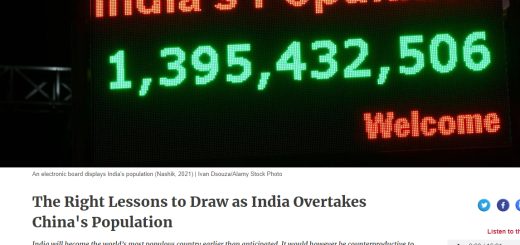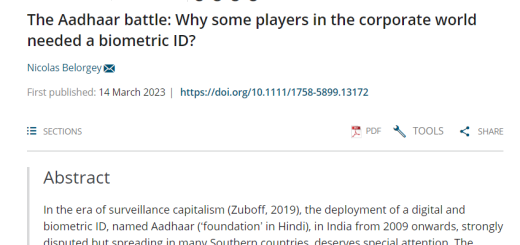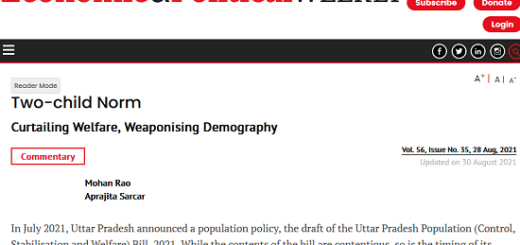India Inequality Report 2018 Widening Gaps by Himanshu
In spite of the rising global interest in inequality, emerging economies have not been studied enough, due to the lack of sufficient data and differences in economic and social structures. It is important to measure the extent of inequality to understand the growth trajectories of these economies and the income distribution between various population groups. The study of inequality has not been given adequate attention in India, partly because of the argument that inequality is a natural by-product of rapid growth and partly because the levels of consumption expenditure inequality in India appear to be lower than that in many other developing countries. There is now a greater understanding of the negative effects of inequality and the nature of economic growth that leads to it. This is clear from the shift in the policy discourse to ‘inclusive growth’. The study of inequality is all the more important in a situation of ‘jobless growth’ in the economy, where even the jobs that are generated are largely in the unorganised sector or informal jobs in the organised sector. There is also the question of how the gains from growth are distributed among the vulnerable sections of the population and across the states of the country. Answers to these questions are important to policymakers as inequality poses bottlenecks in the path of growth, especially in a largely agriculture-dependent economy. The primary objective of this report is to show and analyse the trends in inequality in India across various dimensions. A holistic analysis of these trends would then indicate India-specific strategies towards countering inequality.
Please Click Here for Full Report









